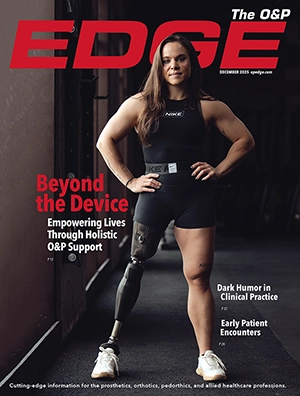The Utah Terminal Device (UTD) project began in 1978 at a University of Utah lab, the Center for Engineering Design, known for bionic arms and cutting-edge technology in robotics and other medical areas. At the time, the standard for high-functionality and robust durability was the body-powered hook. Remarkably, it still is.
The lab was started a few years earlier by Stephen C. Jacobsen, PhD, who founded nine companies, including Motion Control, now a division of Fillauer/Hanger. I was a graduate student in that lab from 1976 until I was hired by Motion Control to introduce the Utah Arm to the marketplace six years later.
Support authors and subscribe to content
This is premium stuff. Subscribe to read the entire article.





